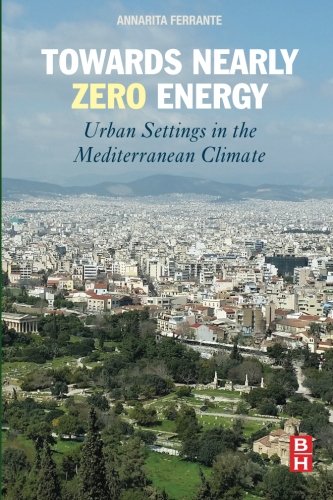

Most ebook files are in PDF format, so you can easily read them using various software such as Foxit Reader or directly on the Google Chrome browser.
Some ebook files are released by publishers in other formats such as .awz, .mobi, .epub, .fb2, etc. You may need to install specific software to read these formats on mobile/PC, such as Calibre.
Please read the tutorial at this link: https://ebookbell.com/faq
We offer FREE conversion to the popular formats you request; however, this may take some time. Therefore, right after payment, please email us, and we will try to provide the service as quickly as possible.
For some exceptional file formats or broken links (if any), please refrain from opening any disputes. Instead, email us first, and we will try to assist within a maximum of 6 hours.
EbookBell Team

4.3
38 reviewsTowards Nearly Zero Energy: Urban Settings in the Mediterranean Climate discusses tactics that can be used to effectively reduce energy consumption towards zero energy. With energy usage in buildings accounting for over 40% of primary energy use and 24% of greenhouse gas emissions worldwide, this remains an unavoidable objective.
The book looks at the life of the systems of energy production from renewable sources amidst the exceptionally challenging global economic crisis that the Mediterranean areas and other societies are currently experiencing. By using an innovative and interdisciplinary approach of socio-oriented technological design, the book indicates tools and measures that can be developed at the public, legislative, and market levels to counterbalance the large pay-back times of energy efficiency measures.
In particular, the book displays guidelines and best practices to activate new forms of economic incentives in order to attract potential investors that demonstrate that a large set of possible solutions is technically feasible to achieve nearly zero energy, even in high energy consuming circumstances and urban settings.
Furthermore, by discussing and comparing the economic and energy impact of different technology options, this work offers guidelines and best practices to activate new cost-effective forms and social incentives in order to attract both potential investors and motivate the urban stakeholders toward nearly zero energy.